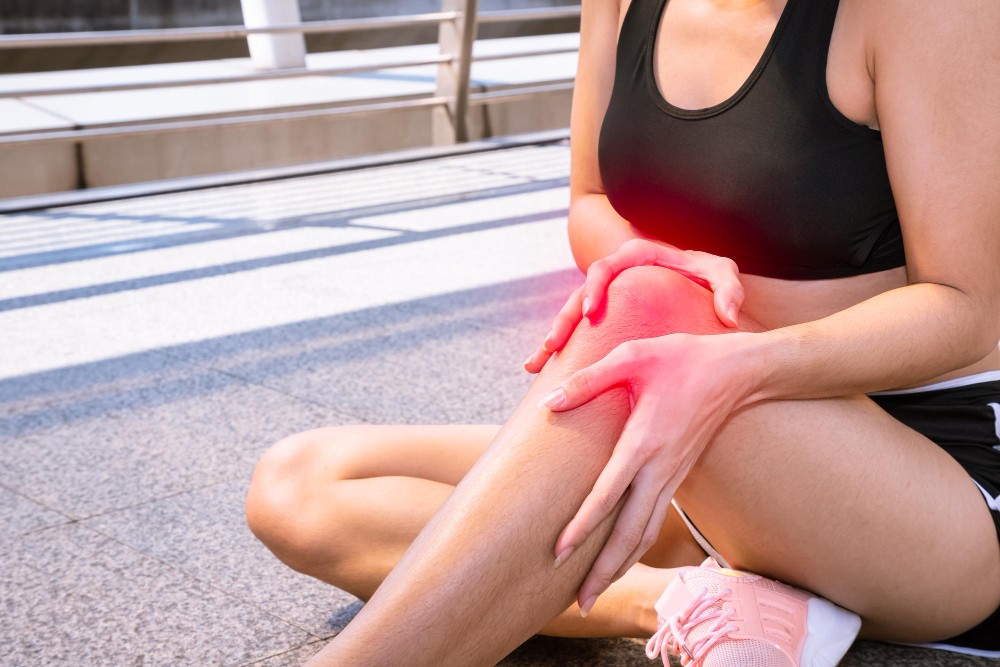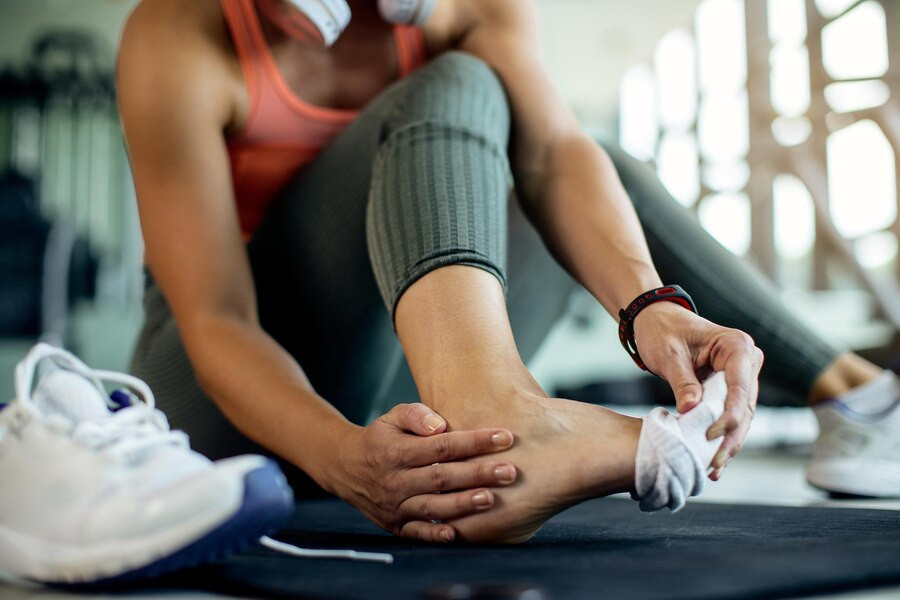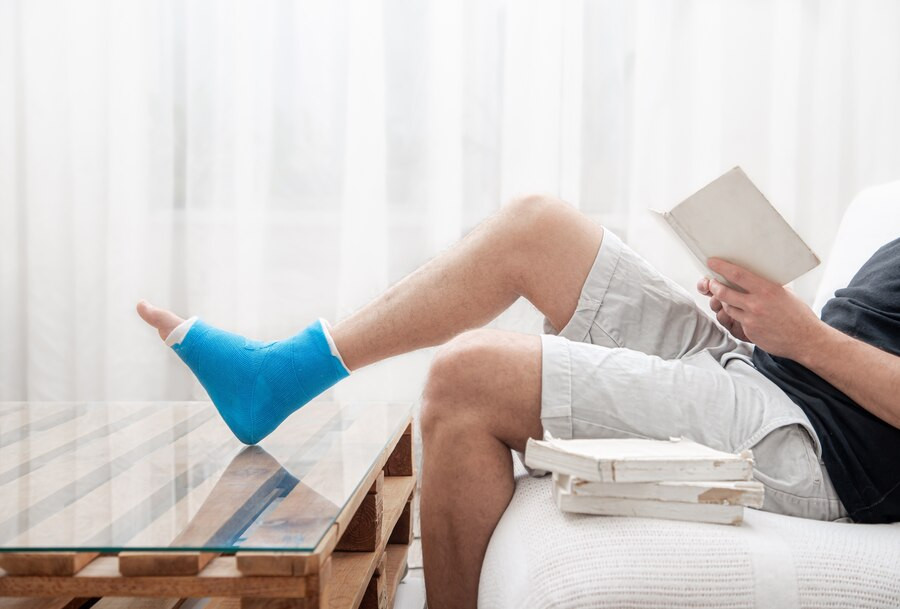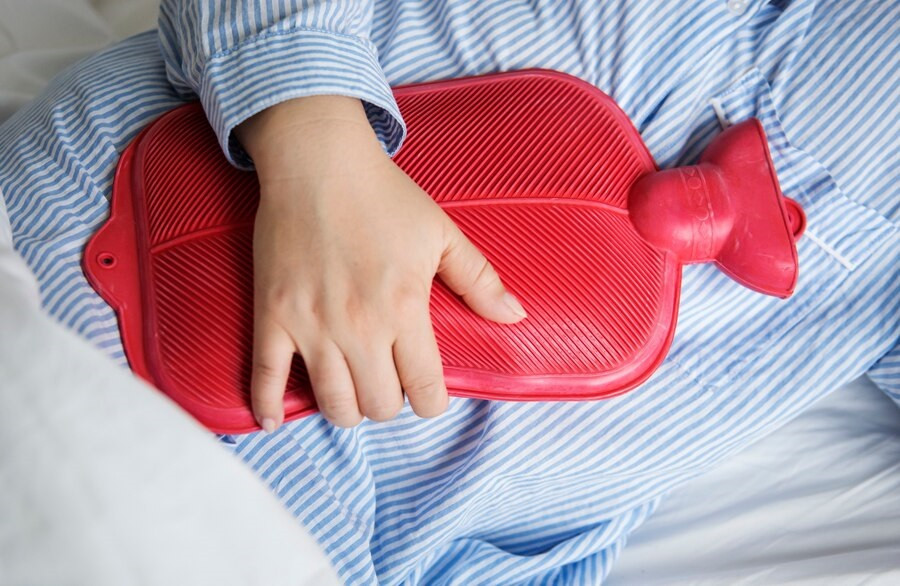Penggunaan sandal jepit merupakan salah satu pilihan alas kaki yang nyaman dan praktis digunakan untuk sehari-hari. Anda bisa menggunakan sandal jepit untuk berjalan santai atau saat liburan di pantai. Meskipun nyaman digunakan, namun penggunaan sandal jepit sebenarnya memiliki potensi masalah pada kaki.
Bahaya Terlalu Sering Memakai Sandal Jepit
Sandal jepit merupakan pilihan praktis ketika Anda ingin ke luar rumah untuk sekadar berbelanja di pasar, mengambil paket, membersihkan halaman rumah atau ketika Anda bersantai di pantai. Anda juga dianjurkan menggunakan sandal jepit ketika bilas di kamar mandi umum setelah gym atau berenang untuk melindungi kaki dari infeksi.
Meskipun sandal jepit sangat membantu Anda, namun para ahli tidak merekomendasikan penggunaan sandal jepit jika Anda sedang ingin berjalan jauh, berolahraga atau menyetir. Dilansir dari Healthline, berikut ini beberapa potensi bahaya penggunaan sandal jepit jika digunakan dalam waktu yang lama dan jangka panjang:
1. Melepuh
Ketika Anda menggunakan sandal jepit, kulit di jari kaki Anda akan bergesekan dengan pengait pada sandal jepit. Jika kaki Anda berkeringat dan basah, kelembapan dan gesekan ini dapat menyebabkan lepuhan pada kaki di area jempol dan telunjuk yang sulit untuk diobati.
Jari-jari kaki Anda secara alami akan bergesekan saat Anda berjalan sehingga saat terluka, perban mudah terbuka. Akibatnya, luka lepuhan akan semakin sulit untuk disembuhkan. Untuk mengatasinya, sebaiknya hindari menggunakan sandal jepit untuk sementara waktu.
Baca Juga: Pergelangan Kaki Sakit Saat Berjalan, Mungkin Ini Penyebabnya
2. Nyeri di bagian tumit
Salah satu bahaya penggunaan sandal jepit dalam waktu yang lama adalah nyeri di area tumit atau yang dikenal dengan istilah plantar fasciitis. Nyeri ini disebabkan oleh robeknya plantar fascia, yaitu ligamen yang membentang di sepanjang kaki yang menghubungkan antara tumit ke jari-jari kaki.
Penggunaan sandal jepit disebut dapat meningkatkan risiko terjadinya plantar fasciitis karena jari kaki Anda perlu terus melenturkan dan mencengkeram agar dapat berjalan dengan baik. Selain itu ketika Anda melangkah, tumit Anda akan bertemu dengan tanah terlebih dahulu. Tanda adanya bantalan untuk melunakkan hentakan, jaringan otot di sekitar tumit Anda akan menyerap kekuatan benturan sehingga semakin menekan ligamen.
Baca Juga: Ini Manfaat Jalan Kaki secara Rutin 30 Menit per Hari
3. Kaki mudah terkilir
Penggunaan sandal jepit juga meningkatkan risiko kaki terkilir. Sol pada sandal jepit yang rata tidak memberi dukungan yang cukup pada kaki Anda. Kebiasaan untuk terus mencengkeram dapat meningkatkan risiko terkilir dan terguling ketika Anda berjalan.
Dalam jangka pendek, perubahan cara berjalan ini mungkin tidak akan menimbulkan masalah. Namun seiring berjalannya waktu, pergelangan kaki Anda dapat tumbuh menjadi kurang stabil dan membuatnya lebih rentan terkilir atau keseleo.
Tips Aman Menggunakan Sandal Jepit
Untuk menghindari cedera akibat penggunaan sandal jepit, berikut ini beberapa tips yang bisa Anda coba:
- Hindari menggunakan sandal jepit untuk waktu yang lama dan saat mengangkat benda berat
- Berhati-hatilah menggunakan sandal jepit di area yang licin
- Pilih sandal jepit yang sesuai dengan ukuran kaki, empuk dan nyaman digunakan
- Segera ganti sandal jepit Anda jika sudah menunjukkan tanda-tanda penipisan sol atau sol yang retak
Sandal jepit yang mudah didapat dengan harga ekonomis masih menjadi pilihan alas kaki andalan untuk aktivitas sehari-hari. Meskipun demikian, penggunaan sandal jepit sebenarnya tidak diperuntukkan dalam jangka panjang.
Sebaiknya, gunakan sandal jepit hanya ketika Anda bepergian dalam waktu sebentar dan segera ganti sandal jepit jika sudah menunjukkan tanda kerusakan. Jika Anda memiliki pertanyaan seputar alas kaki yang nyaman digunakan, Anda bisa berkonsultasi menggunakan layanan aplikasi Ai Care yang berbasis artificial intelligence.
Mau tahu tips dan trik kesehatan, pertolongan pertama, dan home remedies lainnya? Cek di sini, ya!
- dr Nadia Opmalina
Swaim, E. (2022). Flip-Flops Aren't Great for Your Feet — Here's Why, Plus Alternatives to Try. Available from: https://www.healthline.com/health/are-flip-flops-bad-for-your-feet
WebMD. (2021). The Worst Shoes for Your Feet. Available from: https://www.webmd.com/pain-management/ss/slideshow-worst-shoes-for-your-feet
Temple Health. (2021). Why Flip Flops Are Bad for Your Feet. Avaiable from: https://www.templehealth.org/about/blog/why-flip-flops-are-bad-for-your-feet












